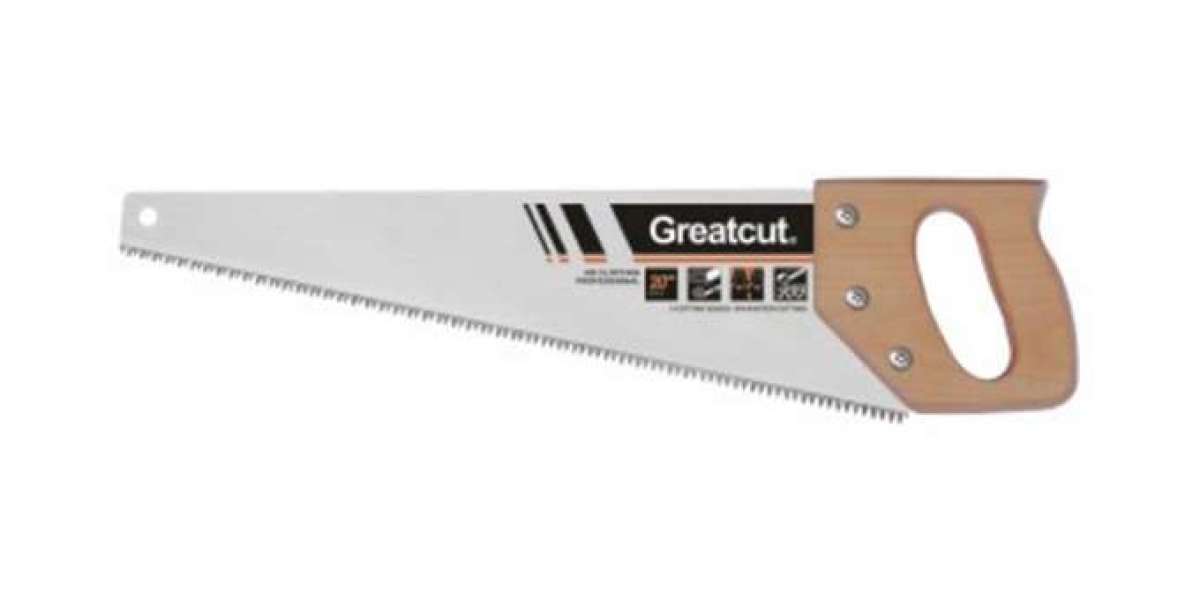A hand saw remains one of the most fundamental tools in woodworking and carpentry, offering precision and control that power tools sometimes lack. Whether you're cutting lumber, trimming branches, or making fine joinery cuts, selecting the appropriate hand saw ensures cleaner results and greater efficiency. The variety of hand saws available today caters to different materials and cutting techniques, making it essential to understand their specific applications.
One of the primary considerations when choosing a hand saw is tooth configuration. Crosscut hand saws feature teeth designed to slice across wood grain, producing smoother edges. Rip hand saws, on the other hand, have larger, chisel-like teeth optimized for cutting along the grain. Some versatile hand saws combine both tooth patterns, allowing users to tackle various tasks without switching tools. The number of teeth per inch (TPI) also affects cutting speed and finish—finer teeth create cleaner cuts, while coarser teeth remove material faster.
Blade length and flexibility further influence a hand saw's performance. Longer blades provide extended reach and straighter cuts in thick stock, while shorter hand saws offer better maneuverability for detailed work. Thin, flexible blades excel in curved cuts, whereas rigid blades maintain stability for straight-line sawing. Many modern hand saws incorporate ergonomic handles with comfortable grips, reducing fatigue during prolonged use. Some models even feature replaceable blades, extending the tool's lifespan when teeth eventually dull.
Proper technique enhances a hand saw's effectiveness. Begin cuts with light scoring strokes to establish a guide kerf before applying full pressure. Maintain a consistent angle—usually between 45 and 60 degrees—depending on the material. Let the saw do the work rather than forcing it; excessive pressure can bend the blade or create rough cuts. For large projects, occasional waxing of the blade reduces friction and improves cutting smoothness.
Maintenance keeps a hand saw in optimal condition. After use, clean sawdust and resin from the blade to prevent buildup. Light oil application protects against rust, especially in humid environments. Store hand saws in dry areas, preferably hanging or sheathed to protect teeth from damage. With proper care, a well-chosen hand saw becomes a reliable companion for countless projects.








